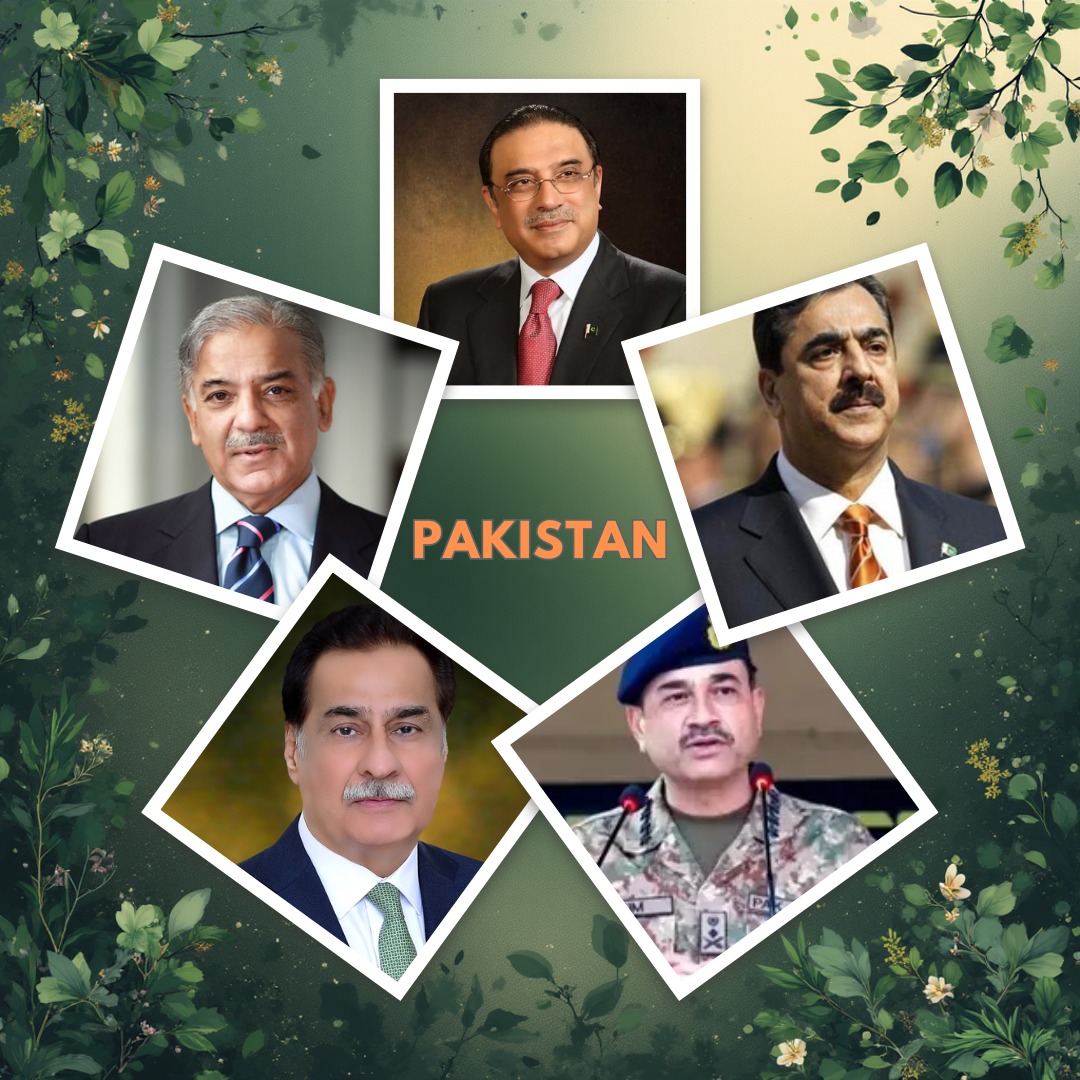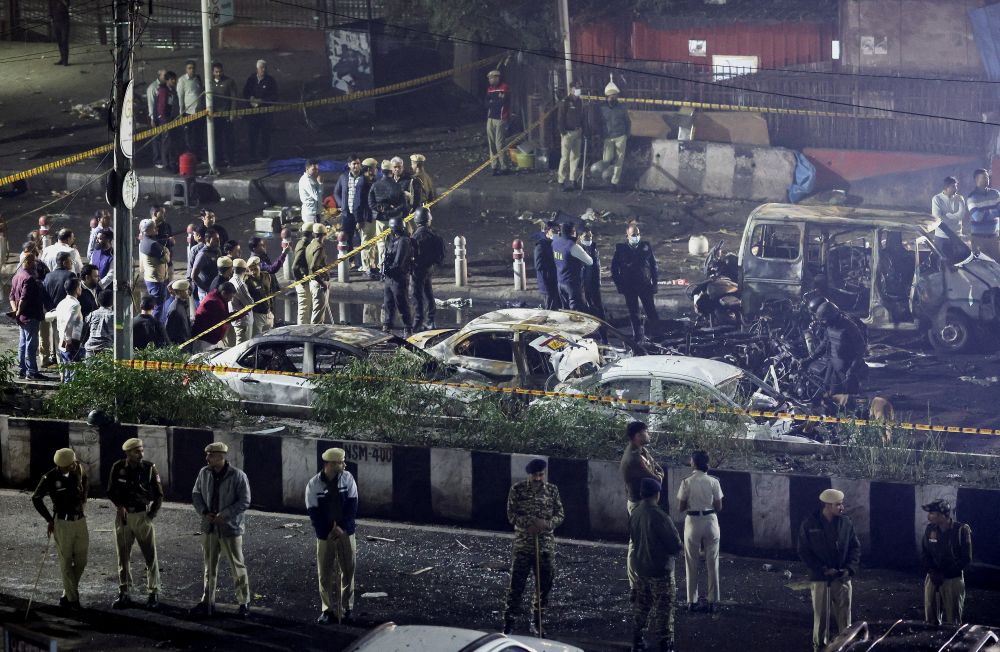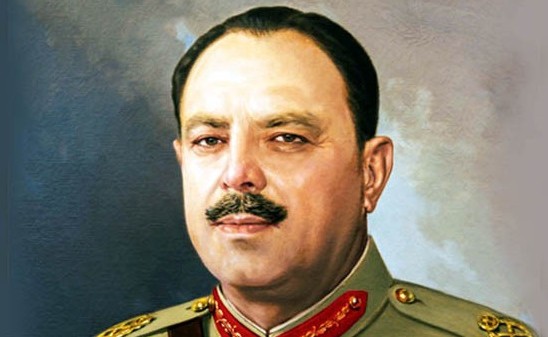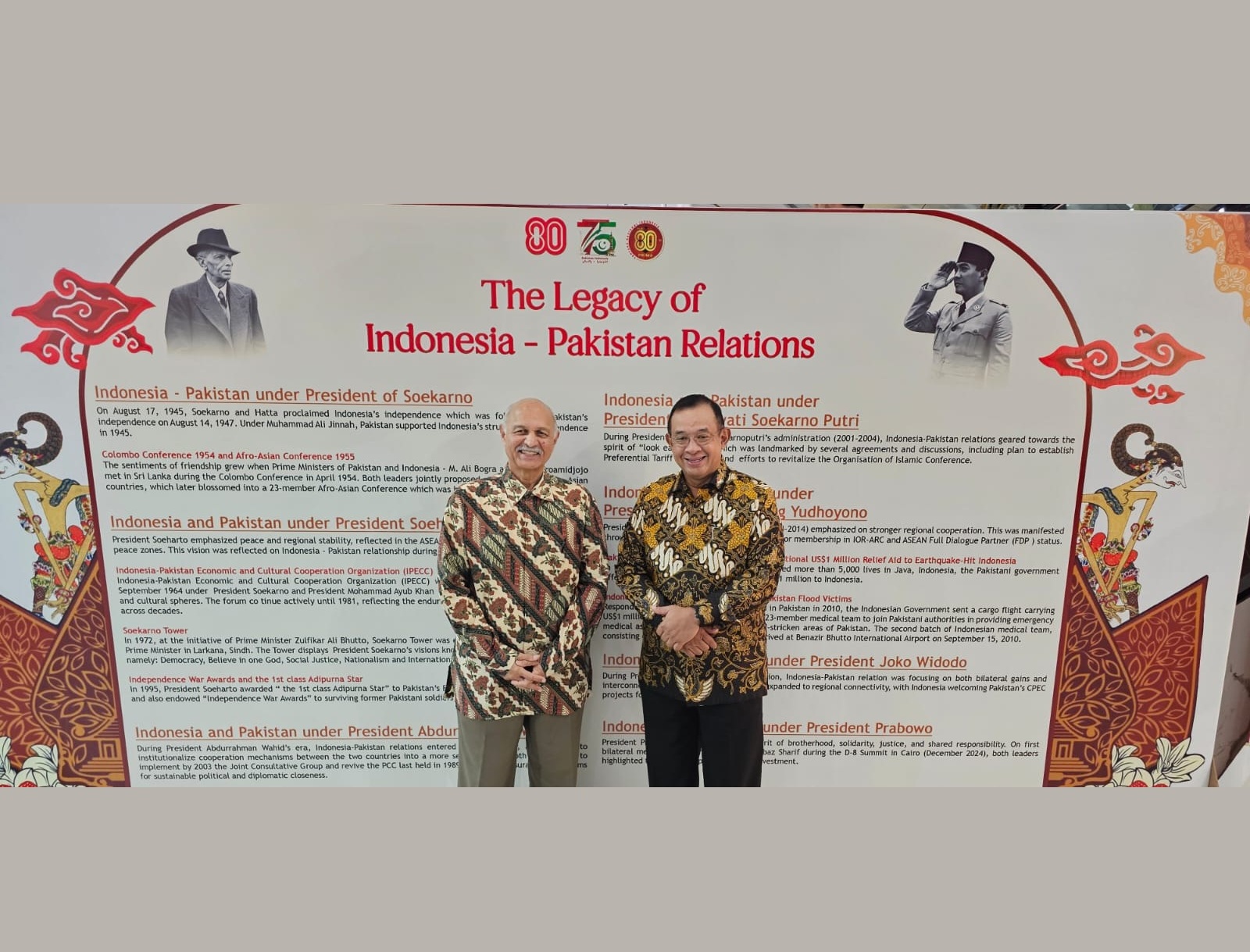From the clashing bronze shields on ancient battlefields to the silent digital wars of the modern era, wars have been mankind’s reckless option to achieve political ends. Despite the price being paid in blood and tears even by the victor, history could never find enduring peace. Whereas the nature of war remained rooted in blood, destruction, chaos, and uncertainty, the character of war has consistently evolved with technology and doctrines. It also infers that the WHY part of the war has largely remained intact, but the HOW part has consistently evolved.
The near-magical technological advancements have introduced space and cyber as novel theatres of warfare, against the traditional triad of land, sea, and air. The space-based systems and weaponry capable of traversing spatial demarcations have uprooted the concepts of strategic surprise and have shrunk the world with its strategic military reach. The superlative tenets of precision, penetration, and firepower have transformed deterrence strategies and challenged strategic stability theories. The extraordinary speed, accuracy and firepower of future weapons will challenge the defence of fixed or massed assets, necessitating a possibility of relatively diffused and distributed battlefields. One hypersonic missile can traverse from one extreme of the globe to another in minutes. Such powerful tools can expand the umbrella of intimidation, psychologically instigate an unintended conflict against the weaker, and shrink the time for diplomacy, thus raising global security concerns.
Unmanned space, air, surface, and underwater combat vehicles, coupled with artificial intelligence, robotics, quantum computing, and machine learning, are taking humankind to an era of autonomous systems. Their advanced decision-making capabilities will reduce the need for direct human control on the battlefield. In this era, machines will fight machines, and humans may only be seen in the command-and-control centres. In this future battlefield, the traditional notions of fear, pain, morale, and stamina for the soldier will be absent, which might add to the scale of the catastrophe. Already, ethical questions are being raised on the responsibility and accountability for actions taken by machines in cases of errors or abuse. Stephen Hawking had said long ago in 2014 that “The development of full artificial intelligence could spell the end of the human race.” Even if humans are used in future wars in a traditional sense, these will be bio-engineered for enhanced efficiency and endurance, wear exoskeleton suits for improved power and speed, and carry supra-natural neuro-implanted knowledge for extraordinary decision-making.
Despite the innovative weapon race, there is a visible shift away from brute kinetic engagements, at least for now. The confluence of nuclearisation, inter-state dependencies, and the prohibitive costs of war have collectively introduced a profound alternative to wars: Hybrid or 5th-generation warfare. Equipped with special tools and tactics, one preferred strategy of this war is to bring down a country economically through terrorism, sanctions, trade wars, etc and then make it a pliant state. The other is to target and destabilise the political system through local assets to create chaos and anarchy. Cyber has emerged as an effective non-kinetic tool to degrade and destroy civil and military systems without triggering war thresholds. The convergence of cyber capabilities and information warfare can implode the adversary’s resilience with an efficacy surpassing traditional high-scale kinetic measures. Another non-kinetic instrument that garnered attention during the COVID-19 pandemic is the potential for covert employment of illicit bioweapons. The genome editing expertise has unveiled prospects for targeting distinct crops and animal farming, but, more worryingly, it has hinted at a possibility of attacking specific human groups, raising fears of ethnic cleansing. Prospective bioweapons may target materials such as plastic and metal, stimulating an uncertain, devastating impact on civil-military infrastructure.
The paradigms of war are shifting, tied to the relentless progress of future technology, some of which raise existential threats to humanity. The fusion of these technologies not only influences the conduct of war but also shapes geopolitical power dynamics. In pursuing national defence, staying ahead of the curve requires consistent evaluation of traditional doctrines. Foresight and adaptability will be the critical virtues in shaping the national security strategy.

Air Vice Marshal MZ Faisal (Retd) is Director Warfare and Aerospace at the Centre for Aerospace and Security Studies (CASS), Lahore, Pakistan.












